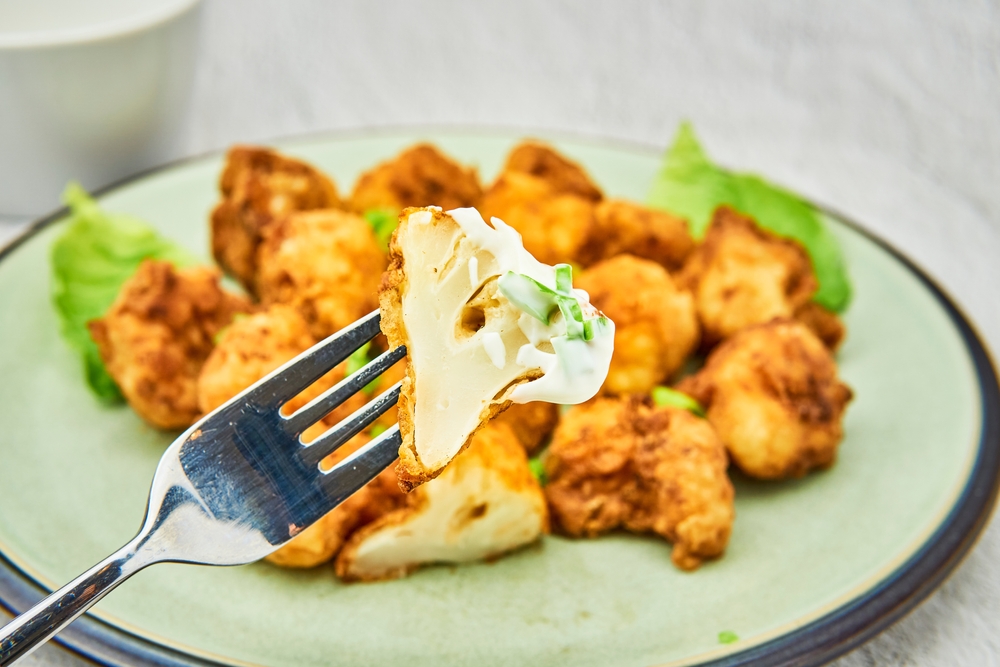Washington Post writer Moira McLaughlin is six months pregnant and responsibly trying to navigate the tricky world of prenatal nutrition. That is no easy task, since even the Food and Drug Administration’s (FDA) dietary advice for pregnant women can be dangerously misleading. But a look at the science of seafood and pregnancy can do wonders for McLaughlin’s menu planning — and prevent the columnist from making a costly mistake.
In her latest column, she talked about how extensive the “no no” list is for moms-to-be:
No deli meats, no sushi, no blue cheese, no soft cheese (unless pasteurized). No homemade ice cream, no cookie dough, no sprouts, no pepperoni. No massages in the first trimester, no saunas, no hot tubs and no heart rate over 140.
And fish? That proved way too challenging for my pregnant mind to muddle through. Because they contain fatty acids crucial for fetal brain development, the Food and Drug Administration says pregnant women should eat two meals a week of shrimp, salmon, pollock or catfish. But because of their toxic mercury content, the FDA says pregnant women should avoid shark, swordfish, king mackerel and tilefish. A little canned tuna is okay, but not albacore. Locally caught fish might be okay; just check the Environmental Protection Agency’s fish advisory Web site. Ocean fish is better than lake fish. Crab is low in mercury but not totally free of it and, according to some Web sites, pregnant women should avoid it.
So . . . eating the right fish will get my kid into Harvard? Eat the wrong fish and we should give up on the idea of college altogether.
McLaughlin isn’t exaggerating the seriousness of her dietary dilemma: As we documented in our recent “Tuna Meltdown” report, more than a quarter-million children in low-income households were deprived of intelligence-boosting omega-3 fatty acids as a result of overblown mercury warnings. ButMcLaughlin must not know that the FDA builds a tenfold cushion into its recommendations when it comes to mercury in tuna. That means she could eat five times as much tuna as the FDA says she can and still be protected by a 200 percent buffer between her baby and any risk of negative health impacts.
Canned tuna is consistently the cheapest source of omega-3 fatty acids – the nutrient she cites as “crucial for fetal brain development.” However, because of overblown warnings by the federal government and fishy scare tactics by environmental and animal-rights groups that don’t want anyone chowing down on seafood, most pregnant women don’t get enough in their diet.
And speaking of Harvard, earlier this year the prestigious university published a study that showed moms who ate canned tuna twice a week had children who scored higher on intelligence tests than kids whose moms avoided it altogether.
So when McLaughlin’s cravings kick in for a late night tunafish sandwich, she shouldn’t question whether she should give in. In 21 years, her baby can thank her for it in his valedictory address. Even if he graduates from Yale instead.




